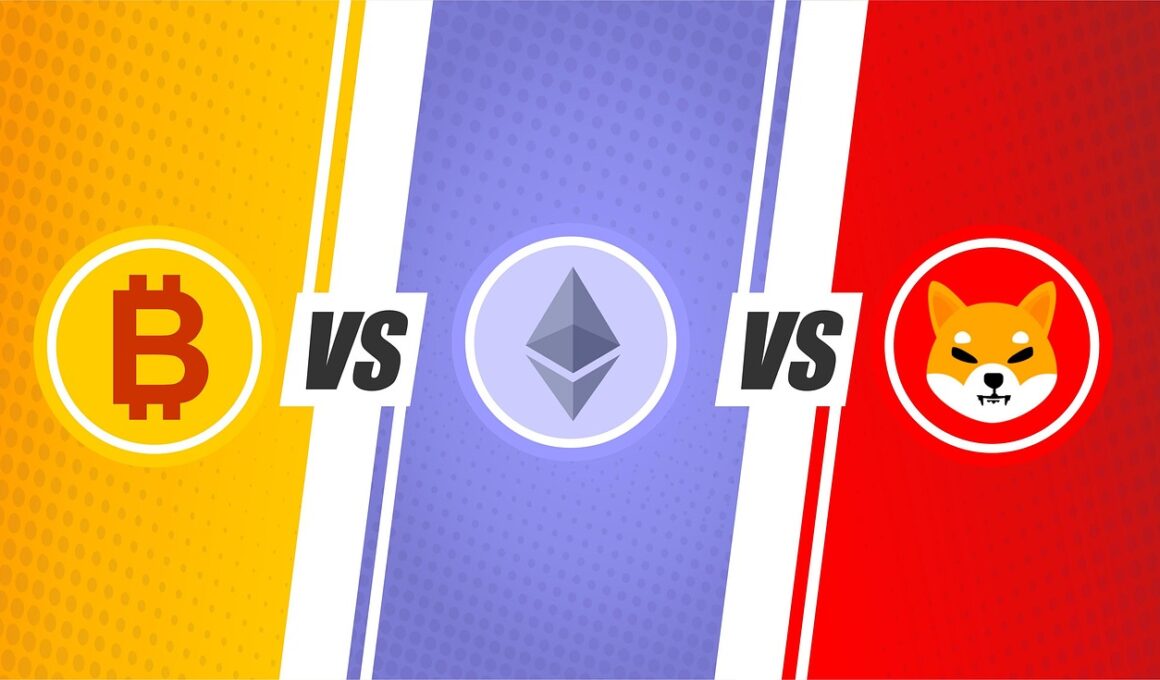Crowdfunding vs. Crypto Crowdfunding: What’s the Difference?
Crowdfunding has become a widely popular method for raising funds, relying on contributions from a large number of individuals, typically through online platforms. Traditional crowdfunding usually involves methods such as equity crowdfunding, rewards-based crowdfunding, and donation-based platforms. Investors contribute money in exchange for future returns or rewards, often seeing a tangible product in return. These platforms require lengthy registration processes, and the funds raised are typically managed by intermediaries. Overall, traditional crowdfunding fosters community engagement while providing opportunities for innovative project launches and connecting entrepreneurs directly to their supporters.
Crypto crowdfunding, on the other hand, leverages blockchain technology to raise funds for various projects through Initial Coin Offerings (ICOs) or token sales. This relatively new fundraising method allows startups to issue their own tokens in exchange for established cryptocurrencies like Bitcoin or Ethereum. Crypto crowdfunding provides unique advantages such as lower fees and faster transaction speeds, minimizing bureaucracy. Additionally, crypto crowdfunding opens doors for global investment by enabling participation from individuals who were previously excluded from investing due to geographic restrictions. Investors can often trade tokens on exchanges, implying greater liquidity.
One significant difference between traditional crowdfunding and crypto crowdfunding lies in the regulatory landscape. Traditional crowdfunding is generally bound by stricter regulations imposed by government agencies, requiring compliance with local financial laws. Individuals hoping to launch a crowdfunding campaign must navigate these intricate legal requirements to protect investors and maintain legitimacy. In contrast, crypto crowdfunding exists in a much murkier legal environment, where regulations can vary dramatically worldwide. This freedom often leads to volatility and the potential for scams, making it essential for prospective investors to exercise great caution.
Investment Risks and Rewards
Both crowdfunding models entail certain risks for investors, yet the nature of these risks varies significantly. In traditional crowdfunding, contributors have the assurance of accountability, transparency, and a clear business plan outlining the use of funds. However, projects can still fail, leaving investors with nothing. Conversely, crypto crowdfunding introduces higher risks, primarily due to the speculative nature of cryptocurrencies. Investment in tokens may be subject to wild price fluctuations, and projects could lack established roadmaps. Investors should conduct thorough research to minimize potential losses, ensuring they understand the projects they support.
Another important aspect of the comparison is the community engagement aspect inherent in both models. Traditional crowdfunding typically fosters stronger connections between creators and backers, as many feel invested in the success of a project. This emotional connection can encourage ongoing support and feedback, improving project outcomes. Conversely, crypto crowdfunding often develops a detached investment relationship where backers focus primarily on potential financial gains rather than supporting a cause. The anonymous nature of crypto funds can lead to less community interaction, though some tokens promote community voting and participation.
It’s also crucial to examine the potential returns on investment in both crowdfunding methods. In traditional crowdfunding, investors may receive rewards or stake in a company, depending on the model used. Early backers might find themselves with shares or products that appreciate over time. Crypto crowdfunding offers investors the chance to profit from token appreciation, but this is often riskier due to rapid market changes. With fluctuating valuations, investors should be prepared for a rollercoaster of price movements, making profitability unpredictable in the crypto sphere.
The Future of Crowdfunding
The evolution of fintech has illuminated new paths for both crowdfunding methods. Traditional crowdfunding continues to adapt by incorporating elements of digital innovation, integrating social media for wider-reaching campaigns. Established platforms are now exploring blockchain integration to enhance trust and transparency. In parallel, the popularity of crypto crowdfunding has surged, leading to innovative platforms focusing on niche markets. The success of such projects may shape future fundraising practices in both sectors.
In conclusion, while crowdfunding and crypto crowdfunding share the foundational goal of enabling projects to seek financial support from the public, they operate on very different principles and structures. Each method presents unique advantages and challenges for investors and project creators alike. Understanding these disparate facets will ultimately empower individuals to make informed decisions about their investment strategies. As crowdfunding methods continue to evolve, staying informed will be key for those looking to navigate this dynamic landscape successfully.


